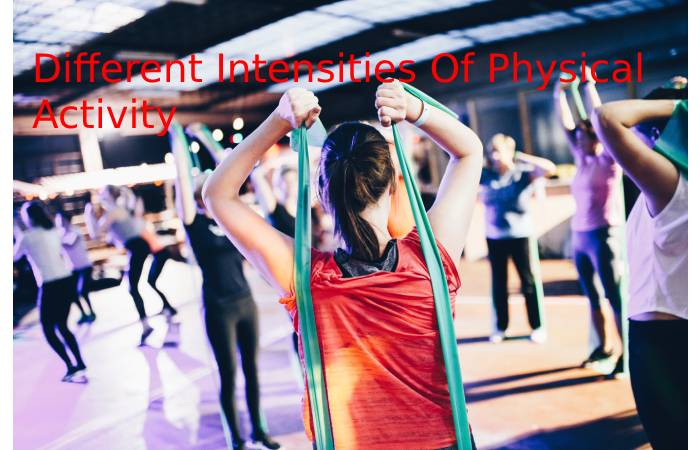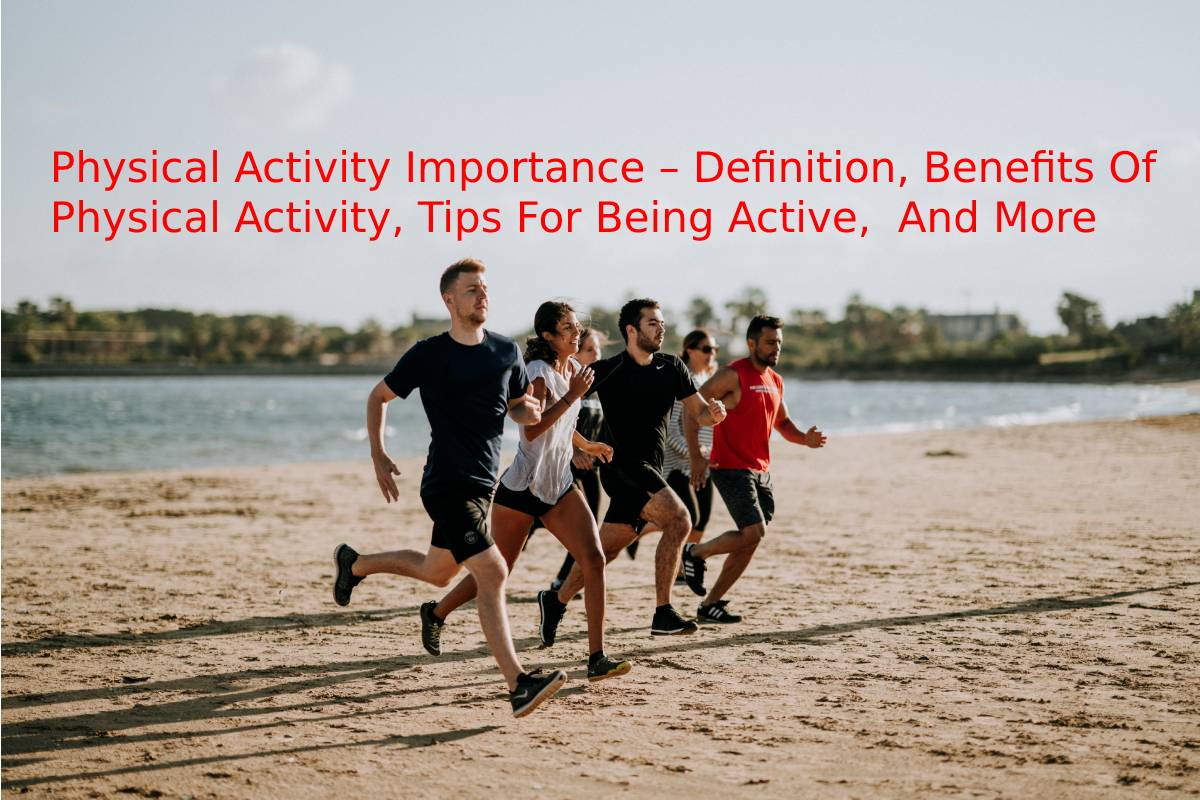Table of Contents
Physical Activity Importance – Definition
Physical Activity Importance in our daily life, the regular practice of physical activity, Regular physical activity ensures harmonious growth in children and adolescents. Even moderate intensity is a significant factor in preventing the main chronic pathologies (cancer, cardiovascular diseases, diabetes, etc.).
How Important Is Physical Activity?
It increases bone strength; promotes the maintenance of good muscle mass; develops the sense of balance, reduces the risk of falls, helps prevent fractures; helps to stay independent longer.
Physical activity plays an essential role in maintaining health, well-being, and quality of life. People who engage in physical activity improve their health while increasing their life expectancy.
Benefits Of Physical Activity

Physical activity helps, among other things:
- check chronic illnesses such as cancer, type 2 diabetes, and heart sickness.
- improve attention, concentration, and other brain functions.
- maintain good mental health.
- improve sleep.
- reduce stress.
- to reduce smoking.
Therefore, regular physical activity is an effective way to prevent many health risks.
Among adults and seniors, regular physical activity:
- slows the development of atherosclerosis, a degenerative blood vessel disease;
- decreases the risk of complications after a heart attack;
- delays the possible onset of hypertension (high blood pressure);
- helps reduce symptoms of arthritis;
- increases bone strength;
- promotes the maintenance of good muscle mass;
develops a sense of balance, which reduces the risk of falls and helps prevent fractures;
helps to stay independent longer.
Tips For Being Active
Getting started in physical activity is easier than you think. Start with low-intensity activities, then gradually increase your level of physical exertion. The important thing is to incorporate movement into your everyday life. To achieve this, you can, for example:
- register for courses or activities that are given according to a specific schedule;
- practice a sport;
- incorporate physical activity into your relaxation time or travel, such as walking or cycling.
Here are some tips to help you get active:
Choose a movement that you enjoy and that matches your personality. Go according to your preferences: the training that can be practiced alone or in a group, indoors or outdoors, with a fixed or variable schedule, etc. Set a goal: relax, correct your posture, lose weight, take on a personal challenge, etc.
Use your immediate surroundings as a training location. Make assured you have the physical and financial capacity to engage in your chosen activity. For example, do household chores yourself, such as cleaning, gardening, or shoveling, which good opportunity to move.
Walk whenever you Get the Chance:
Walk to work, park your car a little farther than necessary and walk back to your place of work. If you are roaming by bus, get off a few stops before reaching your destination and walk the rest of the way. Use the steps instead of the pulley, or get off the elevator 1 or 2 floors before the one you are going to.
Recommendations for physical activity, by age
Children from 0 to 5 years old
Young children should be energetic as often as possible to grow and develop well.
- Babies under one year old should move several times a day, especially with interactive floor play.
- Children 1-5 years old should be active for at least 3 hours a day. They should develop their motor skills by participating in games and activities of varying intensity. These games and activities can occur indoors or outdoors and in various environments, for example, in water or on the ground.
Physical Activity Importance – Sport-Health
What Can We Expect From The Practice Of a Moderate Activity?
While competitive sport aimed at producing the highest possible performance involves training frequently at increasing durations and intensities, health sport encourages regular physical activity at moderate intensities. But the very notion of moderate intensity is both subjective and ambiguous. It does not, for example, have the same meaning for the great beginner and the former high-level athlete. However, can we find common characteristics allowing everyone to preserve or even develop their health capital?
Different Intensities Of Physical Activity

Whether sporty or not and depending on the short-term effects it produces on the body, physical activity can be characterized as light, moderate, or high intensity (1):
- Light physical activity is carry out with ease of breathing, that is to say, without shortness of breath, allowing discussion without difficulty. The heart rate rises very moderately, i.e., it remains well below the maximum heart rate.
- Moderate-intensity physical activity induces a slight increase in heart rate and breathing and slight shortness of breath, allowing discussion during exercise.
- A high-intensity physical activity increases the frequency and amplitude of breathing, and a high shortness of breath makes the discussion jerky because it is difficult to sustain.
Effects Of Moderate Physical Activity On Health
In addition to the beneficial effects on physical condition and metabolism (3) and, more generally, on the maintenance or development of health capital, significant psychological effects are observed.
In Adolescents: during the puberty period characterized by bodily and psychic upheavals, even moderate physical activity promotes stress management and improves well-being, self-image, and social functioning (Ibid). Physical activity also increases the level of self-esteem, especially since people “[have] low self-esteem from the start” (Ibid). This low self-esteem is often present in adolescents.
Among seniors: ” Regular, moderate-intensity physical activity has a beneficial effect on the well-being (sense of competence, self-image, low anxiety) of people aged between 55 and 75 without pathology ” (Ibid).
These psychological effects are added physiological effects: maintenance of organs and cardiovascular and respiratory functions, bone and cartilaginous capital, muscle mass, functioning of the nervous and hormonal system, and balance.
Conclusion
Physical activity includes all activities that can be practiced in different contexts of daily life – physical activity at work while traveling, at home and physically activity for leisure.

